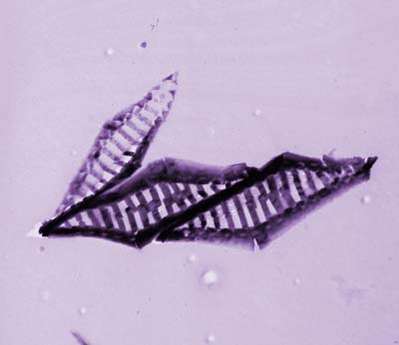Science News
Microbe Census
April 23, 2010

As of today, 72% of us have returned our census forms to the US Government. You think the US government has their work cut out for them tallying these forms? Try the scientists who are working on the Census of Marine Life.
This census involves more than 2,000 scientists from 80+ nations -- one of the largest global scientific collaborations ever undertaken. And while the larger animals in our oceans may be easy to count, try the smaller ones. Microbial cells in the oceans' water column number roughly a nonillion, or 1,000 x 1 billion x 1 billion x 1 billion, and collectively weigh the equivalent of 240 billion African elephants.
Identifying species within these hard-to-see groups, where they are and in what numbers, and the environmental role of each, is critical for understanding the size, dynamics and stability of Earth's food chain, carbon cycle and other planetary fundamentals.
“In no other realm of ocean life has the magnitude of Census discovery been as extensive as in the world of microbes,” says Mitch Sogin of the Marine Biological Laboratory in Woods Hole, Massachusetts, leader of the International Census of Marine Microbes (ICoMM), one of the fourteen projects under the Census of Marine Life.
Although the ICoMM research currently estimates that there are over 20 million different species of microbes, some scientists suspect that the true diversity is much higher. “The total number of species of marine microbes, including both bacteria and archaea, based on molecular characterization, is likely closer to a billion,” according to John Baross of the University of Washington, who chairs ICoMM's scientific advisory council.
The research will be showcased October 4 at ceremonies in London to conclude the Census and its historic decade of exploration, research, recording and logging of marine life past and present, with predictions of what will live in the ocean in the future.
And non-marine microbes should not feel left out of the fanfare. Last week, The New York Times reported that Wisconsin has now named a state microbe (like state flowers or birds)—a cheese bacterium, of course. And New Scientist followed-up by naming other states' potential microbes (we get the Botox bacterium).
So attention, microbes, lay there and be counted!
Creative Commons image of Calciosolenia by Naja Voers